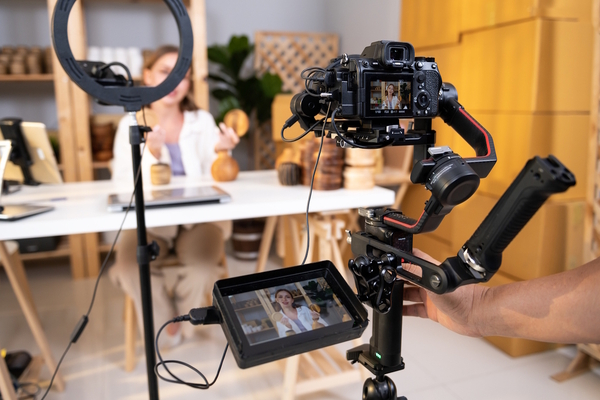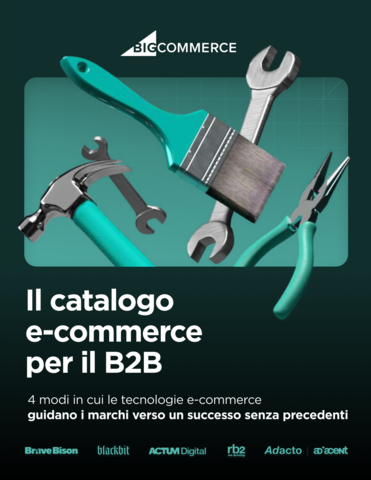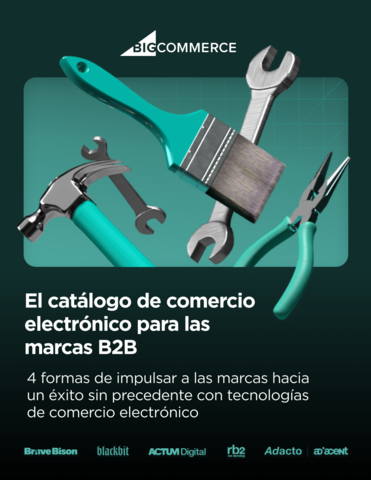Stop your customer from seeing your solution as a ‘nice to have’
Sponsored by Upscope
Customers would rather buy nothing than buy your product. But how do you provide an experience that changes that?
When customers really want something, they go looking for it. They search on Google, watch YouTube tutorials, trawl comparison sites, scroll through social media and study company websites. It’s an absolute information consumption-fest. And you can see why: never before have buyers had such a large volume of information readily available at their fingertips.
In the B2B space in particular, buyers have become increasingly more skilled at finding the information they need to make a buying decision. So when a customer arrives at a company’s website, it’s likely they’ve already equipped themselves with the subject knowledge required to evaluate the options in front of them.
Although this is simplified, once the customer is at this evaluation phase there tends to be three likely paths: they buy the solution, they buy a competitor solution or they do nothing. Businesses are in a battle to persuade their customers to take the first path, but often fail alongside their competitors or due to the customer ending up taking no action whatsoever.
The questions a lot of customer experience professionals are asking themselves is: how can we stop customers from seeing our solution as non-essential? Is there a way that we can provide an experience that delights the customer in that evaluation phase and commands their attention?
The good news is: there is. However, you need to tackle the root of the problem first.
Decision-makers want to avoid the worst-case scenario.
Every consumer, whether that’s in B2C or B2B, fears making the wrong decision a lot more than they desire to make the right one. As an example, departmental decision-makers in business dread committing to sub-standard services at their company and being attached to the consequences.
And for good reason. They want to avoid the embarrassment of bringing up shoddy ideas in team meetings, they fear frivolously wasting their allocated budget, and they want to steer clear of losing their hard-earned respect through one bad buying decision.
If there’s not enough compelling evidence to convince your prospect otherwise, what happens during the evaluation phase is that a lot of customers persuade themselves that the risk of making a buying choice is too great. Essentially, they tell themselves that no solution is quite right for them, so doing nothing is the best option. You might be familiar with the term buyer’s remorse, but this is more like fear of buyer’s remorse (FOBR).
The job of your customer experience team is to give your customers confidence that your product will have the impact they’re looking for.

Customers will research your product thoroughly before making a choice, but unless you tick all the right boxes, you open up the possibility of FOBR. Deciding what this research and evaluation phase might look like is often a necessary step to take.
In terms of digital and online products – direct to consumer, software as a service or ecommerce – this may even involve a trial of the product alongside competitors in order to see if it has the impact they were looking for.
At this tender stage, you need to be on the charm offensive when it comes to your customer experience. You need to provide the right material for your visitors. You need them to understand your product and how it works, inside and out. When they start a trial, they should know exactly how everything works and how to get started.
Do all of this with the end goal in mind. You want to give them enough knowledge and product experience so they’re fully prepared to turn around to their team (or in a consumer realm, their spouse, friends or parents) and go all-in on recommending your product. While there are many ways to go about this, a useful strategy for brands who conduct their business online could be through co-browsing.
Co-browsing technology allows your online customer support or adviser team to instantly see what your customer sees on their screen in just one click. In practice, what this means is that your agents will have a complete overview of what your customer is trying to accomplish on their visit to your website.
Agents will be empowered with the ability to travel with them as they explore your brand. They can click, scroll and type for them too. It’s as if the agent was sitting next to them.
As customer experience professionals, we’re focused on the evaluation phase, so being able to reintroduce personal and bespoke online experiences akin to real-world environments can be the difference between your customer buying and opting for inaction.
by Cameron James, Head of Marketing, Upscope

Business Reporter Team
Most Viewed
23-29 Hendon Lane, London, N3 1RT
23-29 Hendon Lane, London, N3 1RT
020 8349 4363
© 2024, Lyonsdown Limited. Business Reporter® is a registered trademark of Lyonsdown Ltd. VAT registration number: 830519543
Join the Business Reporter community today and get access to all our newsletters, and our full library of talk show episodes
Join the Business Reporter community today and get access to all our newsletters, and our full library of talk show episodes





